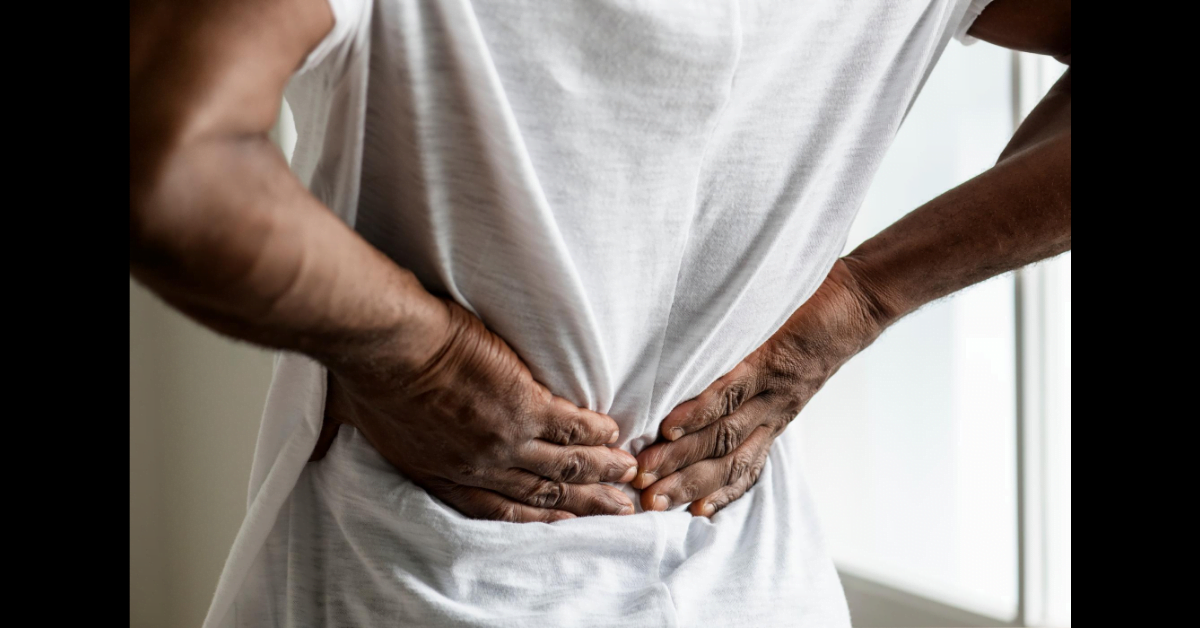Join Over 10,000 Visitors Receiving Free Advice on Getting Instant and Long Lasting Pain Relief.

From a tingling sensation to a buzzing pain, any sort of discomfort with the fingers can make regular activities all the more difficult. The finger joint is where the bones meet, they are made of cartilage, tendons, and ligaments, surrounded by nerves and muscles. The reasons for finger joint pain can range from something as small as the restriction in blood flow to something that needs immediate medical attention. This pain might appear when you press down on your joints or might be persistent pain, both of which have their own causes, symptoms, and treatments. Let’s take a look at some of the causes and treatments for finger joint pain.
The pain in your finger joints may have been caused due to external injuries or due to certain diseases. It is important to understand what might have caused the pain and it’s symptoms before we go ahead with any treatment.
Finger injuries most often happen while playing any type of contact sports, or while working with heavy machinery.
Inflammation, stiffness, and joint pain is usually attributed to arthritis. As we get older and our bodies grow weaker, the chances of getting arthritis in the hand and fingers are higher. There are two specific types of arthritis that usually affect the finger joints.
Not keeping your diabetes under check can bring a host of problems one of which is finger joint pain. Diabetic Neurotherapy affects the nerves in the hand that start to hinder everyday mobility, the fingers begin to grow stiff and weak.
This is a rare type of tumor that occurs when cancer cells start to affect bone tissues. This is usually seen only in cancer patients, it causes bone pain and weakness in the joints.
In the case of a sprain or strain from overworking the muscles, one can try treatment from home, whereas for any other reason one must seek medical attention.
Keeping that in mind, if your pain is mild, here are a few easy home remedies you can try:

Take a bandage or piece of cloth and tie it around your finger, make sure that it holds taught around the joint. The pressure in this area will help increase the blood flow which in turn promotes faster healing, it also reduces swelling by keeping the blood from pooling in one area. Make sure that the bandage tied around is not too constricting.
Apply an ice pack on the injured finger joints for a duration of at least 20 minutes, around five to six times a day. This cooling down treatment of the strained area will bring down the swelling and stiffness, allowing the muscles to relax.
An opposite yet equally effective method to that of an ice pack is applying a heating pad or hot water bag on the injured joints. The heat soothes the tensed muscles and reduces any form of inflammation. Do this for 10 minutes, around five to six times a day, until the pain subsides. Make sure that the heat is at medium and not high, or else it will aggravate the pain further.
Lift the injured finger above the heart, this increases the blood flow and helps in bringing down blood pressure, which in turn reduces swelling.
If your finger has turned stiff and mobility has become difficult, try practicing a few moderate exercises without straining yourself. Start with slowly clenching your fist, hold it for 30 to 60 seconds, and then slowly unclench your fist. This moves the joints and increases uniform blood flow throughout your hand. Similarly, stretch out your arm and slowly bend your fingers behind your palm, do not overstretch. These simple exercises will relax stiff joints and muscles.

The most important treatment is rest. Your muscles are strained due to their overwork. Try to relax your hands and do not do any work which requires lifting heavy objects, or just straining your fingers in general. You can even tie a splint to the injured finger, this will prevent you from moving or using that finger too much. Give the injury adequate rest in order for it to heal.
From typing on our laptops to performing any household chores, our fingers are at the forefront of it all. These muscles and joints can get strained easily, it’s important to exercise your finger joints every now and then to avoid stiffness or rigidity. If the pain is persistent and ever-increasing make sure to visit a doctor and seek their medical expertise before trying out any treatment at home. These remedies are easy to do at home in case of mild pain. But if they do not prove to be effective, you can always try MY Dr. Pain Relief Spray, which assures you instant and long term pain relief for all ages.

Middle back pain, also known as Thoracic back pain, occurs above the bottom of your ribs, between your shoulder blades, and below your neck. The